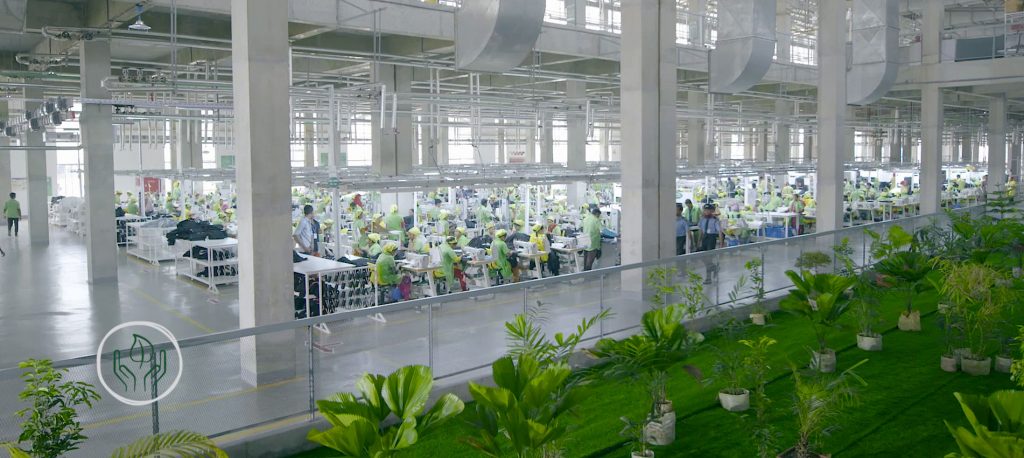Climate Positive
Becoming circular and climate positive are closely linked. Climate change remains one of the greatest challenges of our time. Its consequences will affect our entire planet and everyone living on it. To tackle the challenge of climate change, we collaborate across sectors by creating energy-efficient products and services, sustainable and innovative material use, and improvements in supply chains.

Our Commitments
To reach climate positive goals, Dekko ISHO is working within the industry and beyond in driving policy change, by adopting science-based targets and committing to global climate reduction goals.
Energy Efficiency
Use as little energy as possible
We implement proven approaches to energy efficiency in all our processes, from supply chain to production. We are committed to increasing energy efficiency at all stages of our value chain by optimizing maximum possible energy output from the smallest, necessary energy input.
Renewable Energy
Ensure fossil-free energy sources
We are committed to maximizing the use of renewable energy in our value chain to support the transition to fossil-free energy use. We have plan to source at least 50% renewable energy in our own operations. New renewable energy generation capacity is needed to contribute to the necessary decarbonization of energy systems.
Climate Resilience & Carbon Sink
Address unavoidable emissions
Our commitment to the elimination of greenhouse gas emissions from our own operations is always top priority. However, as there will still be unavoidable emissions in our process, we are engaging in activities to absorb carbon to become truly climate positive.


